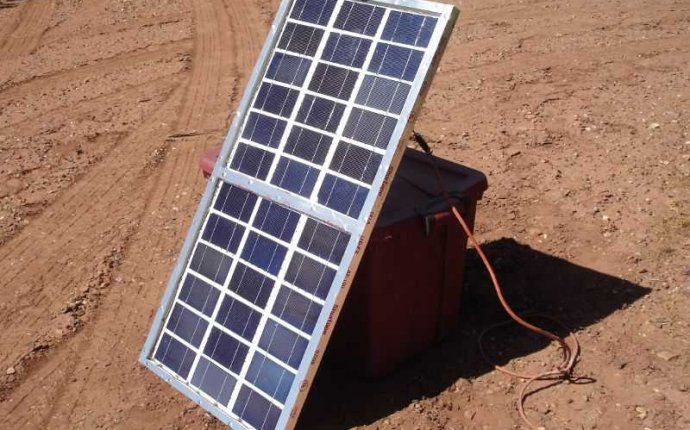
DIY solar Panels Electricity
We offer comprehensive, code-compliant systems that allow you to generate your own electricity at home. Designed to interconnect with your existing utility service, they feature solar modules, plug-and-play wiring, power electronics and our patented mounting kits. Our installer network provides system installation and service.
How does a residential solar electric system work?
Solar cells in the modules mounted on your roof convert sunlight directly into DC power. A component called an inverter converts this DC power into AC power that can be used in your home. The system is interconnected with your utility. During the day, if your solar system produces more electricity than your home is using, your utility may allow net metering or the crediting of your utility account for the excess power generated being returned to the grid. Your utility would provide power as usual at night and during the day when your electricity demand exceeds that produced by your solar system. Systems are also available with a battery backup. Part of the power produced by your solar system during the day is used to charge the batteries, which provide power for your critical loads in the event of a power outage.
Will my system work at night?
No. Sunlight must be present for your solar modules to produce power. At night, you draw power from your utility.
Will my system work on cloudy days?
Yes, though they produce less electricity. Under a light overcast sky, panels might produce about half as much as under full sun.
What happens during a power outage?
We offer two types of solar residential systems. One type of system powers your home during daylight hours but does not provide power in an outage, even on a sunny day. Another type of system powers your home during daylight hours but also has a battery backup designed to provide power to your home's critical loads during an outage, day or night.
Does your solar system make hot water?
No. People often confuse our products with solar thermal panels that involve water circulating through tubes to be heated by the sun for swimming pool water heating. Our solar modules convert sunlight into electric current to operate appliances, motors, pumps and other devices.
How can I tell a water-heating panel from a solar electric module?
Solar electric modules are typically one to two inches (2.5 to 5 cm) thick with 32 or more three to four inch (7.5 to 10 cm) blue or black solar cells on the back of the cover glass. Solar water heating panels are generally much thicker and may have tubes connected to a flat black plate under the glass, or a black tank inside the collector panel.
Can I generate heat for my home with a residential solar electric system?
No. Our solar power systems are designed to provide electricity to run your lights, appliances and other electric devices in your home. Other solar technologies are designed to turn the sun's light into heat instead of electricity.
What do the terms on-grid, grid-connected, grid-tied and off-grid mean?
On-grid, grid-connected or grid-tied means connected to the utility electrical grid. Our solar electric systems are designed as on-grid systems, meaning that they interconnect with your existing utility service. Off-grid refers to systems that are not connected to the utility electrical grid. Our solar electric packaged systems are not designed for off-grid applications. An off-grid system must be custom designed by a solar power expert.
How do I know if a residential solar electric system would work on my home?
Solar electric power works for most homes. Our systems are engineered to work with most roofing materials, in most locations where direct sunlight is available, in almost every region of the United States. You need a sunny place on your roof about 120 square feet or 11 square meters (10 by 12 feet or 3 by 3.67 meters) for our smaller systems, and up to 1, 000 square feet (93 square meters) for our largest systems. Shading from trees or other obstructions can reduce the practicality of a specific installation. A south-facing roof area is optimal, but solar electric panels can be mounted on west- or east- facing roofs and still produce better than 90 percent of the power of a true south roof mounting.
Why does it require at least 120 square feet (11 square meters) of roof space?
Each solar module is approximately 5 feet (1.5 meters) long and 2-1/2 feet (0.75 meters) wide. The modules are always grouped in a set of four, and the minimum number of modules for our smallest system is twelve modules. This requires an area of at least 120 square feet (11 square meters).
Because of the wiring design of a solar module, all of the individual solar cells on a module must receive full sunlight for the module to work properly. If any portion of the module is shaded, the entire module power output-even those sections still exposed to sunlight-is lowered.
What if I need a new roof or am building a new house?
This is the ideal situation for installing solar. Before laying the roof, you can install flashable mounting brackets that provide the highest level of protection from leakage.









